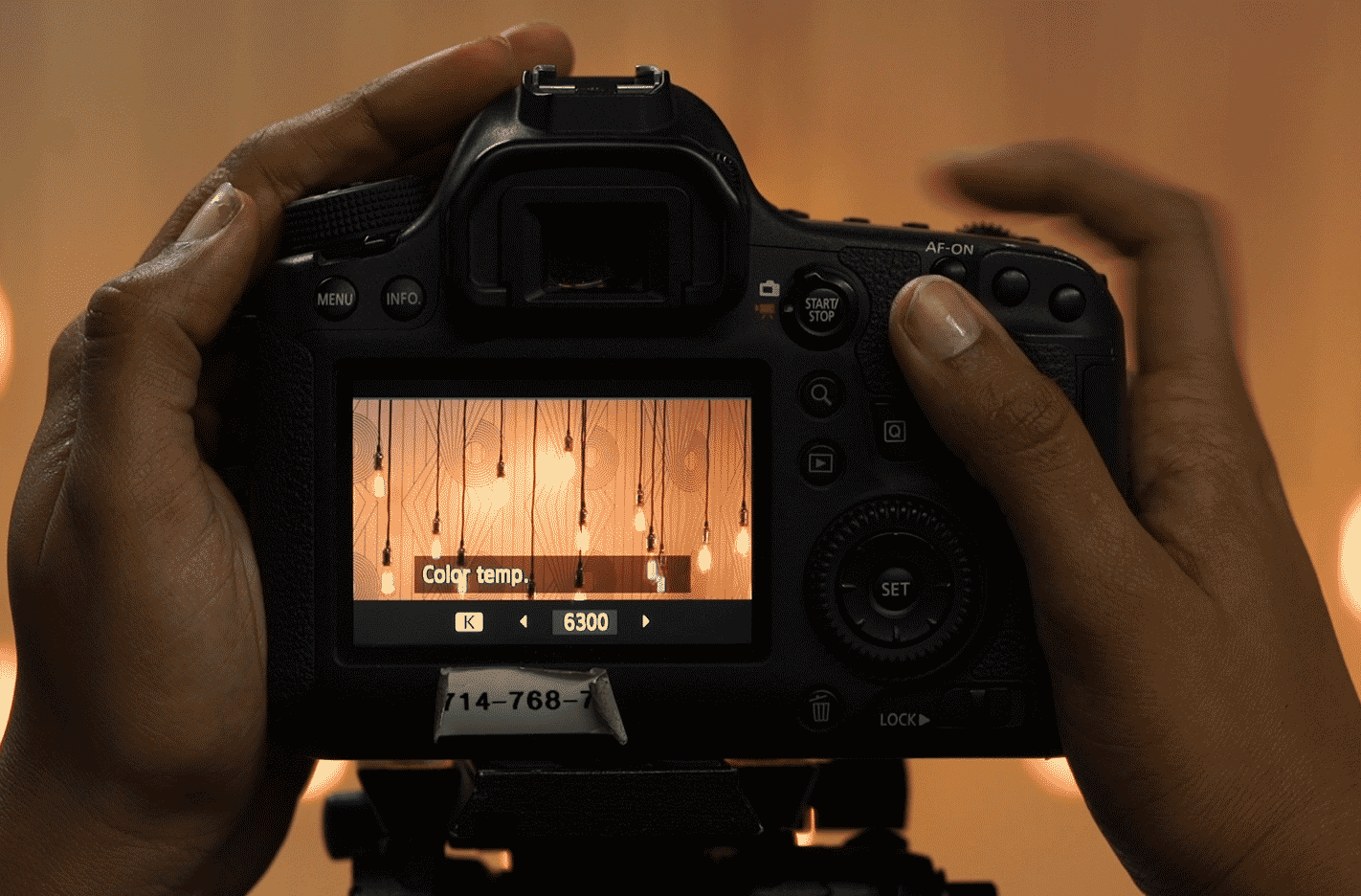
Welcome to our Minute Photography series, where we explain photography and lighting tips & tricks, myths, and techniques. For more education and detail about this concept, be sure to check out Photography 101, available in the SLRL Store or SLRL Premium.
Join PremiumIn just 60 seconds, we are going to show you how to visually change your camera’s white balance. Without getting too technical, setting your white balance simply tells your camera what color of light you want it to treat as neutral or white.
If the camera’s white balance is too low, let’s say somewhere around 2800 Kelvin, the image will be blue and cold. Likewise, if the white balance is very high, around 7000 Kelvin, the image turns out yellow or too warm. Keep in mind that at a certain point, white balance is a matter of personal preference.
But how do you know when you’ve gone too far? We are going to show you how to change it visually.
[REWIND: HOW TO SET WHITE BALANCE AND CONTROL COLOR TEMPERATURE | MINUTE PHOTOGRAPHY]
step one: turn on your camera’s live view
By doing so, you have a visual representation of your image. We use live view to pay close attention to our Histogram but also to visually see the difference if we alter our WB. You are probably used to seeing the pre-set white balance modes (Daylight, Shade, Cloudy, etc.) which you can choose to use, but rather than doing that why don’t we dial our setting in manually using Kelvin values?
step two: dial in your kelvin temperature manually
If your scene looks too cold visually, warm up the temperature by increasing the Kelvin value. You can see the cold temperature affecting skin tones, making them appear too pink, or white areas in the image that appear too blue. Adjust until you’ve found a good balance between the available light and your in-camera white balance choice.
[REWIND: HOW TO TRANSFORM YOUR LIGHT WITH A SIMPLE SPEEDLIGHT MODIFIER | MINUTE PHOTOGRAPHY]

Using this trick you can dial in an exact white balance that suits your preferences visually. If you want to learn how to manipulate your white balance for creative vs. corrective effects, check out this tutorial from Lighting 101.
Join PremiumTo master manual mode and so much more, stream all of our gold standard courses in SLR Lounge Premium.








Get Connected!